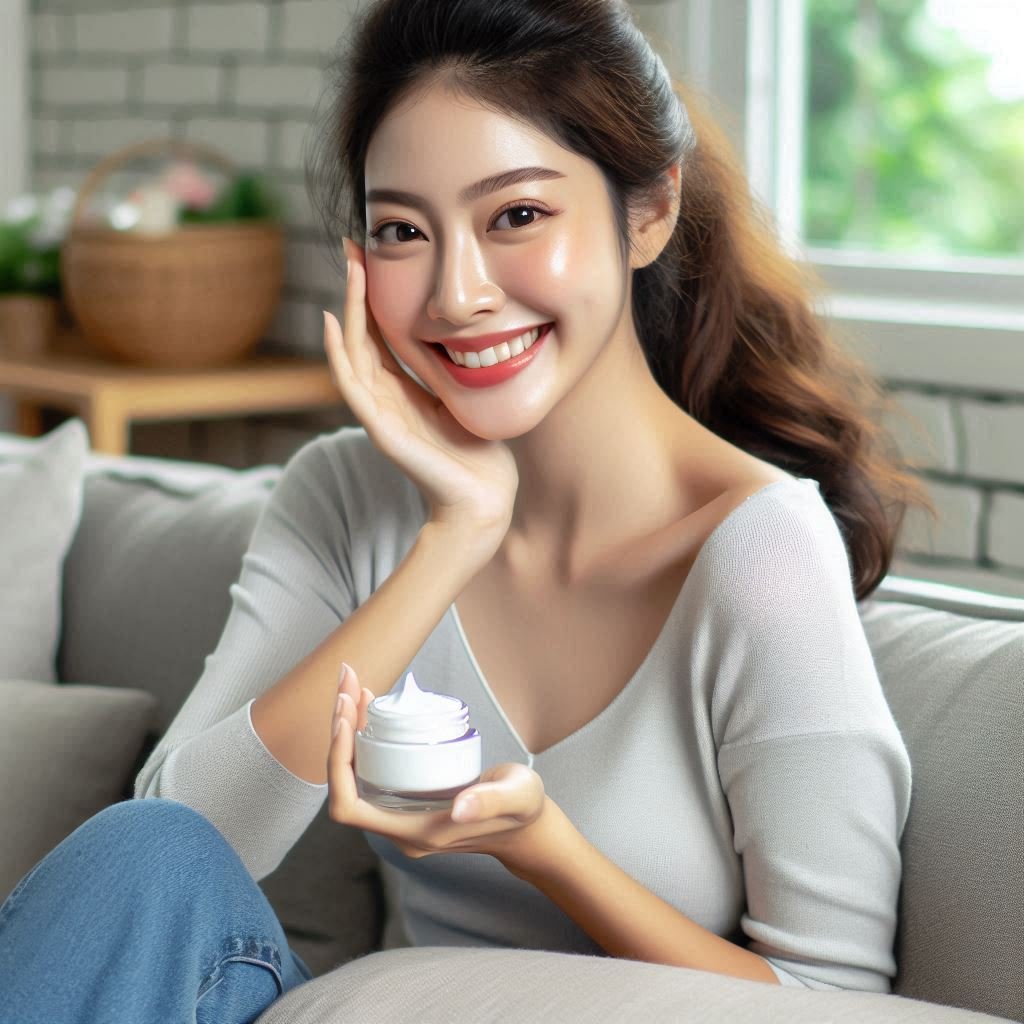
Wrinkles are a natural part of aging, but for many, they are an unwelcome reminder of the passage of time. Anti-wrinkle face creams have become a staple in skincare routines worldwide, offering promises of smoother, younger-looking skin. These creams often target common signs of aging, such as fine lines, sagging, and uneven skin texture, through a blend of scientifically formulated ingredients. The effectiveness of these products lies in their active components, which are designed to penetrate the skin’s surface and address underlying concerns. While some creams focus on hydration to plump the skin, others incorporate advanced compounds that stimulate collagen production, a key protein responsible for maintaining skin’s elasticity and firmness.
One of the most significant factors in the effectiveness of anti-wrinkle creams is their ability to deliver results over time. Regular application allows active ingredients like retinoids, peptides, and antioxidants to work synergistically, gradually reducing the appearance of wrinkles and fine lines. Consumers must also understand the importance of pairing these products with a comprehensive skincare regimen that includes cleansing, exfoliation, and sun protection. Without these additional steps, even the most effective cream can fall short of its potential. Ultimately, anti-wrinkle creams represent more than a cosmetic solution—they symbolize the merging of science and beauty, offering hope for those seeking to maintain a youthful complexion.
Understanding Key Ingredients
The active ingredients in anti-wrinkle face creams are at the heart of their effectiveness, with each compound playing a unique role in combating aging. Retinoids, derived from Vitamin A, are perhaps the most well-known for their ability to accelerate skin cell turnover and boost collagen production. This process not only smooths out existing wrinkles but also prevents new ones from forming. Additionally, peptides, which are short chains of amino acids, help repair damaged skin by signaling cells to produce more collagen. Antioxidants, such as Vitamin C and E, work as protective agents that neutralize free radicals—unstable molecules that can damage skin cells and speed up aging.
Hydration is another critical component that enhances the efficacy of anti-wrinkle creams. Hyaluronic acid, a naturally occurring substance in the body, is often included for its remarkable ability to retain water and keep the skin plump. This hydration diminishes the appearance of fine lines and creates a smoother texture, making the skin appear healthier and more radiant. Furthermore, plant-based extracts like green tea, aloe vera, and chamomile are commonly added to soothe and reduce inflammation, which can exacerbate wrinkles. Together, these ingredients create a powerful formula that targets multiple aspects of aging, making anti-wrinkle creams an indispensable tool in skincare.
Application Techniques for Best Results
The method of application plays a crucial role in maximizing the benefits of anti-wrinkle face creams. Applying the cream to freshly cleansed skin ensures that the active ingredients penetrate effectively without interference from oils or impurities. Exfoliation, performed one to two times a week, removes dead skin cells and further prepares the skin to absorb the product. Many dermatologists recommend applying creams using upward, circular motions, which help stimulate blood circulation and ensure even distribution.
Timing is equally important in achieving desired results. Nighttime application is particularly beneficial for products containing retinoids, as these ingredients are photosensitive and work best during the skin’s natural repair cycle. Daytime use of creams should always be followed by sunscreen to protect the skin from UV damage, which can negate the anti-aging benefits of the product. Consistency is key; using the cream daily as directed ensures that the active ingredients accumulate in the skin, providing lasting improvements over weeks and months. By following these techniques, users can maximize the potential of their anti-wrinkle face cream and achieve visibly rejuvenated skin.
Choosing the Right Product
Selecting the right anti-wrinkle cream is crucial, as each product is formulated to address specific skin concerns and types. For individuals with sensitive skin, creams that prioritize gentle, hypoallergenic ingredients are ideal, avoiding harsh chemicals that may cause irritation. Those with dry skin may benefit from formulas rich in emollients and humectants, which restore moisture and reinforce the skin’s natural barrier. Conversely, individuals with oily or acne-prone skin should opt for lightweight, non-comedogenic creams that hydrate without clogging pores.
Price and brand reputation are also significant factors, but it is essential to focus on the ingredient list and clinical evidence supporting the product’s claims. Many brands offer trial sizes, allowing consumers to test a product’s compatibility with their skin before committing to a full-size purchase. Dermatologist-recommended products or those with dermatological backing often provide an extra layer of assurance. Ultimately, the best anti-wrinkle cream is one that aligns with the user’s unique needs and skincare goals, offering a blend of efficacy, safety, and satisfaction.




